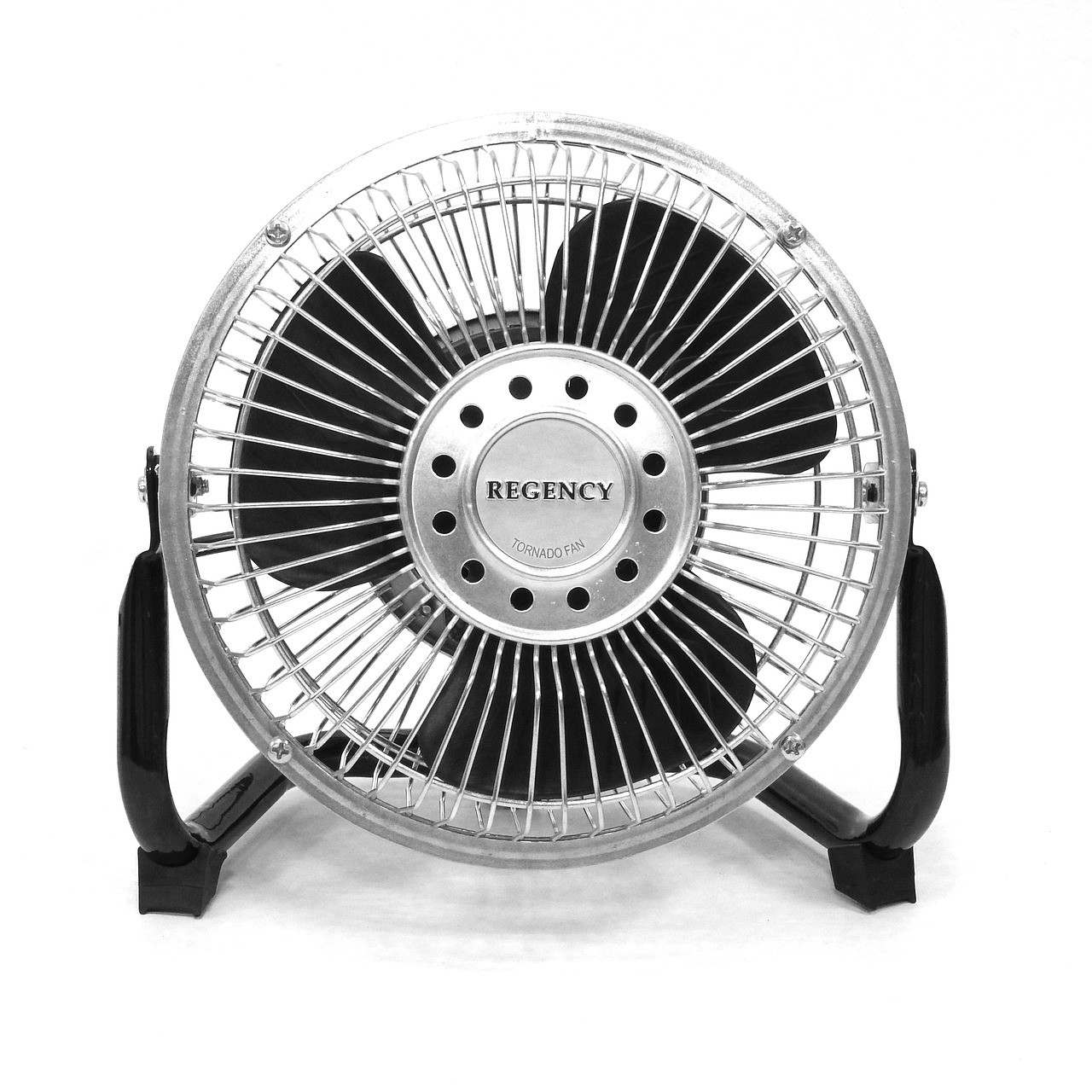PLC as a Smart Home Controller: The Ultimate Guide
This ultimate guide is about how to use PLC as a smart home controller. PLC, which stands for Programmable Logic Controller, is a digital computer used in industrial automation. When it comes to smart homes, PLC can play a crucial role as a controller. In this guide, we will explore the benefits of using PLC as a smart home controller, as well as the steps necessary to implement it. From simple tasks like turning on lights to complex tasks like monitoring and controlling appliances, PLC can handle it all. By the end of this guide, you will have a fully functional smart home that is controlled by PLC.
In today's technology-driven world, the demand for smart and efficient home automation solutions is skyrocketing. One of the most popular and versatile tools for implementing these solutions is the programmable logic controller (PLC). PLCs have long been used in industrial automation, but their application in smart homes is rapidly growing. In this ultimate guide, we'll explore how PLCs can be used as smart home controllers, offering enhanced functionality, efficiency, and convenience.

What is a PLC?
PLC, or programmable logic controller, is a digital computer designed to process digital signals and perform specific tasks. They are typically used in industrial automation to control machines and processes. PLCs are designed to operate in harsh environments and are known for their reliability and performance.
Why Use PLC for Smart Home Automation?
PLC technology has several advantages when it comes to smart home automation. Firstly, PLCs are designed to process digital signals, making them ideal for controlling smart devices that communicate via digital protocols. Secondly, PLCs are highly customizable and can be programmed to perform a wide range of tasks, from simple on/off actions to complex automation sequences. This level of customization allows you to tailor your smart home system to meet your specific needs.
Thirdly, PLCs are known for their reliability and performance. They are designed to operate in harsh environments and can withstand the challenges of real-world applications. This ensures that your smart home system will continue to function reliably even under challenging conditions.
How does a PLC Work as a Smart Home Controller?
A PLC can be connected to a variety of sensors and actuators in your smart home environment. Sensors are used to detect changes in the environment, such as temperature, humidity, or motion, while actuators are responsible for performing tasks based on the sensor inputs. The PLC receives these inputs from the sensors and processes them according to the programmed logic. It then sends control signals to the actuators to perform the desired tasks.
For example, you can program a PLC to turn on your air conditioner when the temperature sensor detects that the room has become too hot. Similarly, you can set up a motion sensor to trigger an actuator that turns on your TV when you enter the room. The possibilities are endless and can be tailored to meet your specific needs.
Setting Up a PLC-Based Smart Home System
Setting up a PLC-based smart home system involves several steps. Firstly, you need to identify the sensors and actuators that you want to use in your smart home environment. This includes devices like temperature sensors, humidity sensors, motion detectors, and actuators such as relays or solid-state switches.
Once you have identified these devices, you need to connect them to the PLC. This is typically done via digital inputs and outputs on the PLC itself or through communication protocols like Modbus or Profinet. After connecting the devices, you can then program the PLC to perform specific tasks based on the inputs from the sensors and outputs from the actuators.
Once programming is complete, you can test the system to ensure that it is functioning as expected. This includes testing various scenarios such as turning on lights when a motion sensor detects movement or adjusting thermostats based on temperature changes.
Conclusion
PLC technology offers a powerful and versatile solution for implementing smart home automation systems. By connecting sensors and actuators to a PLC and programming it to perform specific tasks, you can create a highly customized and efficient smart home environment that meets your specific needs. From simple on/off actions to complex automation sequences, PLCs provide a robust and reliable solution for managing your smart home environment.
Articles related to the knowledge points of this article:
PLC Multi-segment Speed Controller
Taiyuan Huichuan PLC Controller: An Excellent Solution for Automation Needs